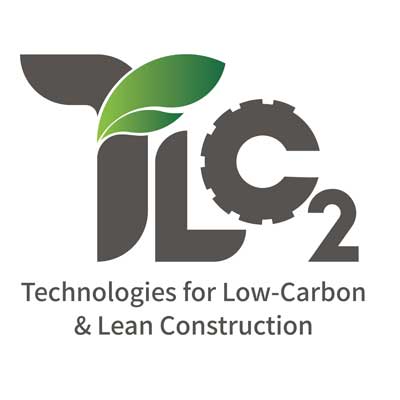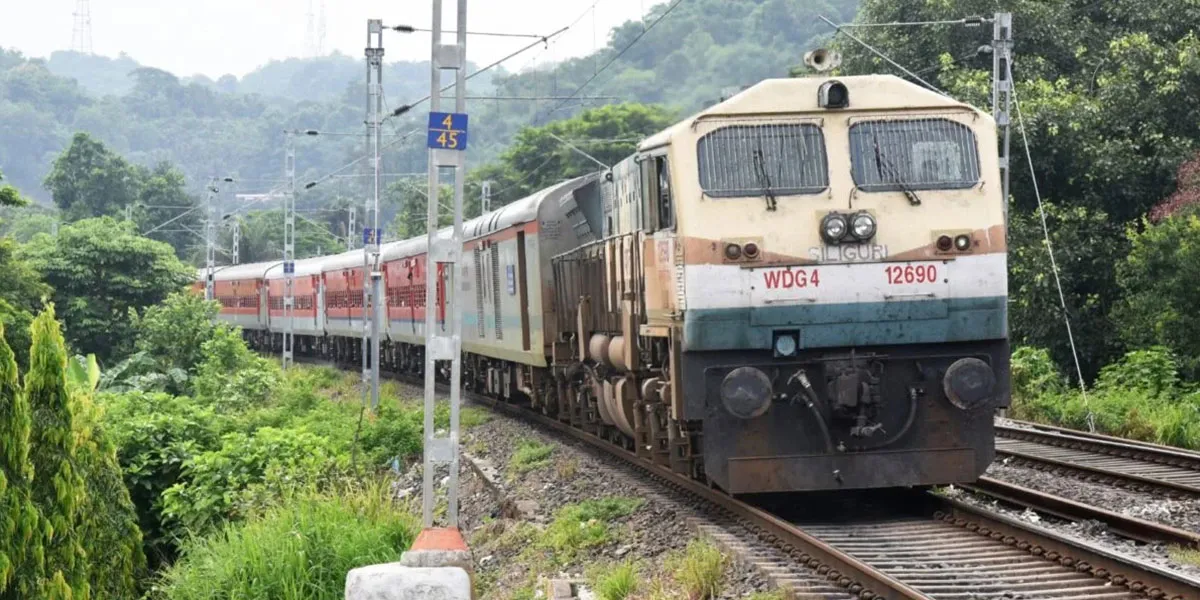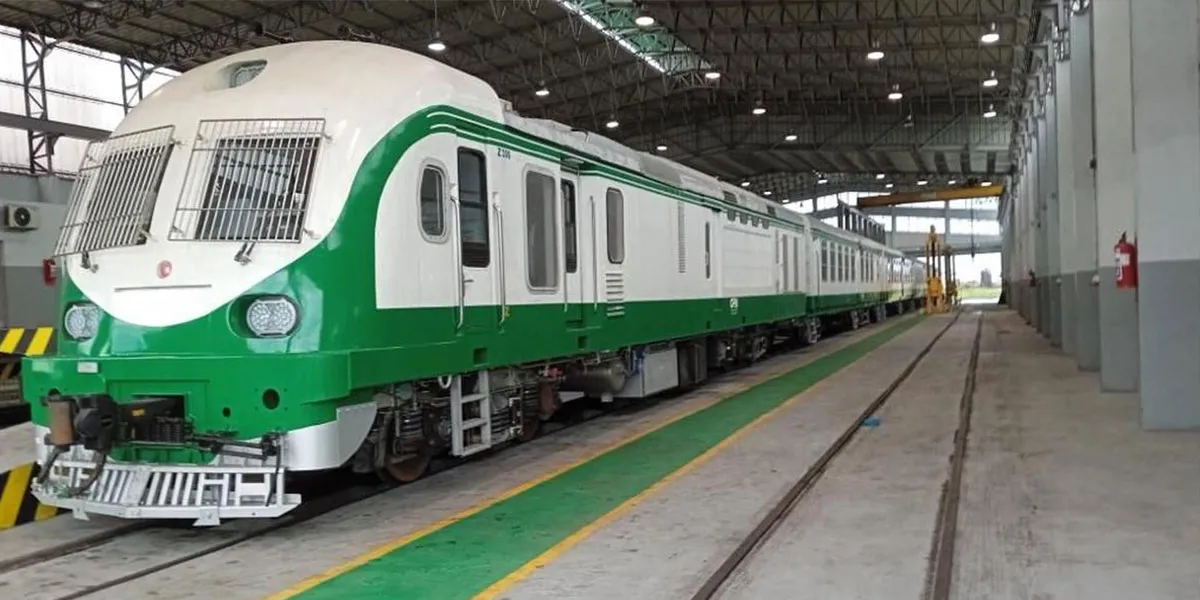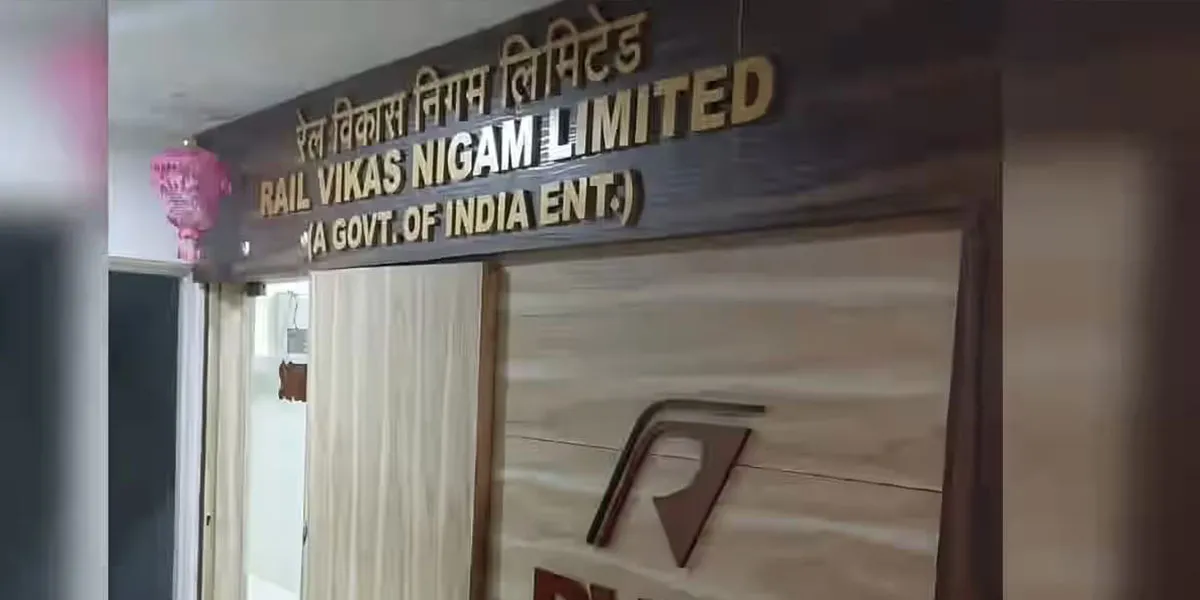The construction industry is one of the world’s leading sectors in terms of resource use and carbon emissions. The circular economy (CE) involves the complete reuse of materials throughout a product lifecycle, leading to a cradle-to-cradle as opposed to a cradle-to-grave cycle. This involves coordinating environmental, economic, technological, societal, governmental and behavioural dimensions. CE is becoming a critical lens through which the performance of the built environment is being addressed. However, the interaction between these dimensions has not received much attention till recent times.
With the recurrent challenge of scarcity of resources faced by the construction industry, more attention and focus are now shifting to sustainability. The construction industry is also responsible for mammoth waste generation and still aligns to the linear economy of ‘take-use-dispose’ rather than a ‘recycle-reuse-reduce’ paradigm. The growing population and demand for housing and infrastructure development in the developing world have increased the speed of production, raising alarming concerns globally. However, adopting CE principles in practice in construction can prove challenging owing to higher capital and skill requirements. Nevertheless, sustainable development is an important concept pertinent to the business world today, as individuals and companies need to meet their requirements without hampering the environment for the future. This challenge will need to be met.
IIT Madras’ TLC2 initiative
Most of the research done in CE revolves around the three main clusters of:
Recycling, waste management and alternative construction materials
Energy efficiency in buildingsSustainable development.
In alignment with the global research underway in this arena, the Indian Institute of Technology Madras (IIT Madras) has established a Prospective Center of Excellence in Technologies for Low-Carbon and Lean Construction (TLC2) with an aim to develop technologies that reduce material and process waste in construction. The TLC2 research initiative is built and rests on four main pillars:
1. To utilise waste materials from construction, demolition, power, steel and agricultural industries and thereby enhance the durability and sustainability of concrete structures
2. To minimise waste of materials, money and time during the construction processes using lean principles and digital/3D printing tools
3. To develop policies to enable the BEST and NEXT practices in the Indian construction industry. These research initiatives are geared towards the eventual goal of minimising the carbon footprint and enhancing the circular economy of the concrete construction industry
4. To develop and suggest organisational practices and policies that help in scaling up the implementation of such technologies and be an eyeopener for policymakers in the country and beyond.
The TLC2 initiative is trying to bring some novel and pre-existing ideas from various scientific fields with shared qualities and characteristics under a single platform with the participation of the global research community working in these areas. It has a significant international collaboration with experts and researchers spanning the length and breadth of the globe, who participate and provide intellectual inputs in the research underway.
Scientific research
Technologists working in construction and concrete have been studying and researching on various methodologies that could help in lowering the consumption of pristine natural resources, enhancing the durability and minimising the waste generated from construction, thereby helping lower the global carbon footprint. It has been found that durable concrete structures can be made by appropriate use of processed/beneficiated wastes (physico-chemical treatments) and by-products from construction, power, metal manufacturing and agricultural industries such as fly ash, bagasse ash, blast furnace slag, limestone (non-cement grade), calcined clay and recycled concrete aggregates, to name a few. The TLC2 initiative is working on technologies to reuse and recycle some of these waste materials and to bring in a robust framework utilising low energy processes for high volume utilisation of widely available construction and demolition (C&D) waste, thereby bringing in a reduction in material wastage. Along with this, research is ongoing on deployment of automated and lean construction technologies utilising artificial intelligence (AI) and machine learning (ML) tools, to reduce process waste during construction.
Industry-academia interaction
The TLC2 initiative is also trying to strengthen the collaboration between industry and academia to propel large-scale field implementations of the technologies for low-carbon and lean construction. The initiative is currently working with large industries such as Lafarge, L&T, BASF, Saint-Gobain and UltraTech, governments including the Tamil Nadu government and the Government of India, and standardisation organisations such as BIS to translate the research being done into policies for implementation in the country.
Technology development
The initiative is also working on applied research leading to technology development. A 3D printer for in-situ and precast construction of reinforced concrete with robotics with demonstration of construction of small full-scale buildings is being commissioned under the project.
India’s first 3D printed house in the IITM campus (IITM-Tvasta initiative)
One of the most important elements of the TLC2 initiative is the development of an integrated test bed for large scale processes and visualisation. The physical test bed will serve as a platform for automated screening, physico-chemical processing, accelerated exposure of various waste materials and systems and subsequent characterisation and material selection. This project conveys the idea for the development of a recycling centre for recycling of waste and by-products to enhance the sustainability impact of concrete construction.
Working methodology of the proposed integrated test bedPolicy advocacy and organisational implementation framework
Apart from the scientific research, technology development, industry-academia collaboration, internationalisation and so on, the TLC2 initiative also aims to leverage the results of the studies and research carried out to draft policy notes that could enable the BEST and NEXT practices in the Indian construction industry. This will be fulfilled by mapping waste generation, evaluating the socioeconomic and environmental sustainability of waste materials and developing a framework that can provide solutions for reuse of these waste materials in construction. The initiative will also help develop strategies to modify the currently used linear methods in construction to adopt lean manufacturing processes. Further, the framework will leverage private-sector participation across the construction supply chain of concrete materials during the lifecycle of construction projects.
The developed frameworks, data collected from these frameworks and the answers to some of the research questions will set the foundation for a nationwide implementation of these approaches.
The team and the plan
The research team of this initiative consists of a cross functional group of academicians who work on both aspects of construction: materials and management. Through these scientific projects, the group has been actively collaborating with prominent researchers across the globe working on environmental sustainability of materials, durability-based design of concrete for emerging economies, lean construction processes and so on, all aimed to bring about a CE.
The TLC2 initiative also actively disseminates the research being carried out on technology for low-carbon and lean construction through international conferences, webinars and workshops, both in the online and offline mode. Results of the research carried out are published in Q1 journals to ensure they are read and cited globally. The initiative also seeks active participation of private-sector organisations, governments and standardisation agencies in the long term to be recognised as a ‘Center of Excellence’ in these technologies world over.
The TLC2 initiative aims to be the primary destination nationally, if not globally, for anyone interested in developing innovative low-carbon, lean construction technologies for minimising waste throughout the construction value chain in the country and beyond.
About the authors:
Dr Ashwin Mahalingam, Department of Civil Engineering, IIT Madras is a professor in the Building Technology and Construction Management group. His research interests are in the areas of infrastructure and construction management, public-private partnerships, urbanisation and sustainable development, and building information modelling and integrated project delivery to name a few.
Murali Menon, Department of Civil Engineering, IIT Madras provides administrative support to the Building Technology and Construction Management group and its Technologies for Low-Carbon and Lean Construction (TLC2) initiative.




















